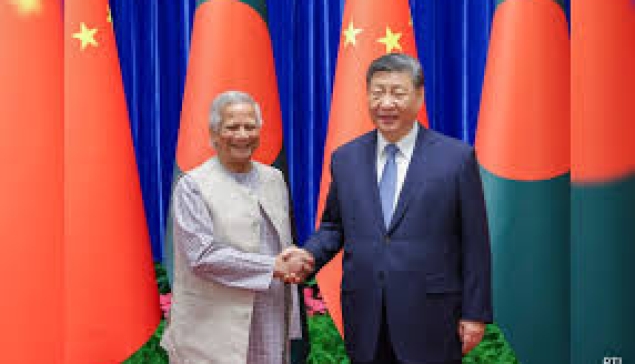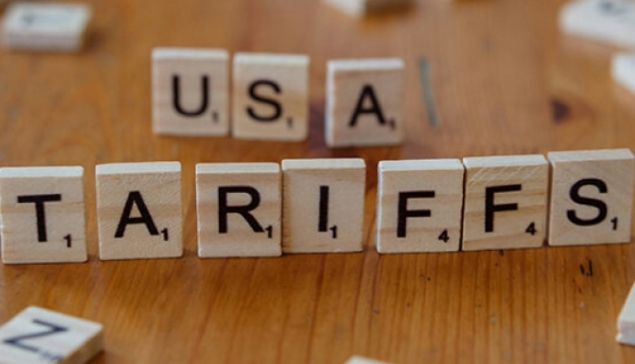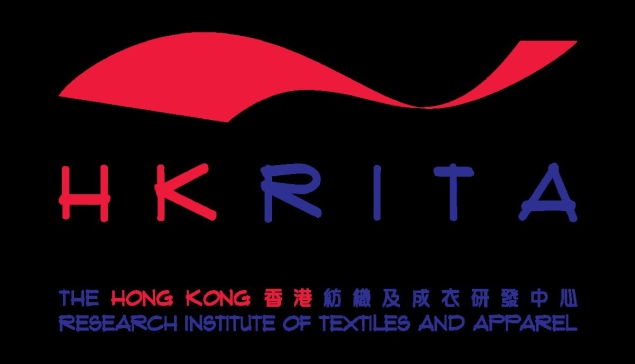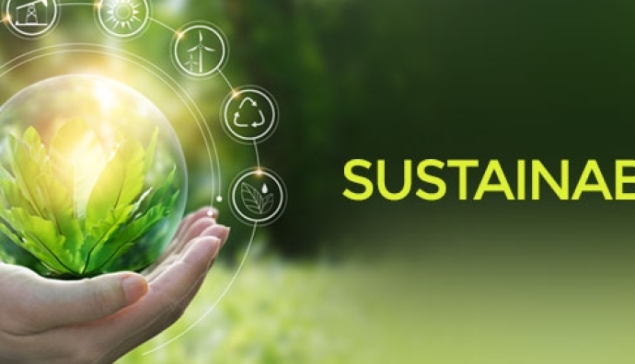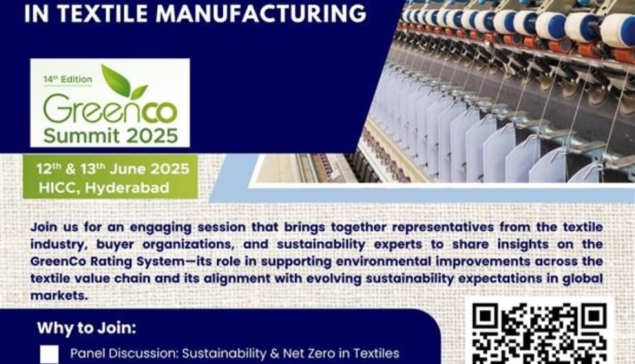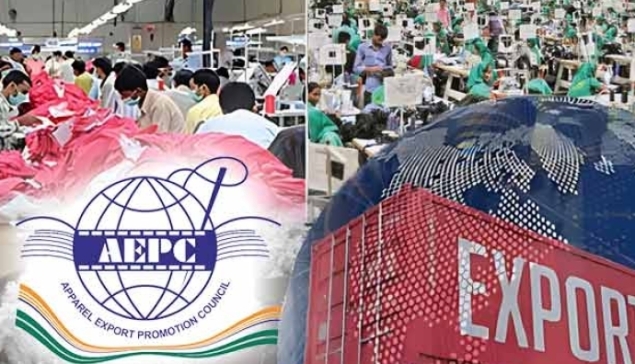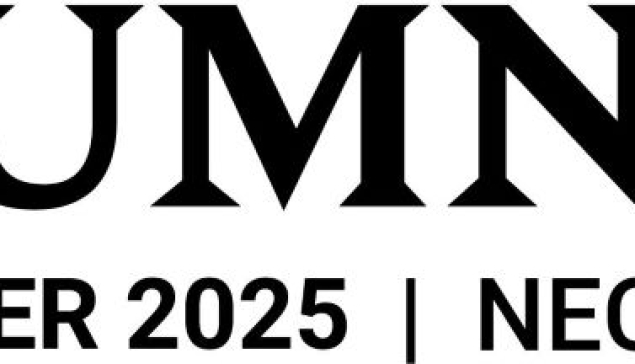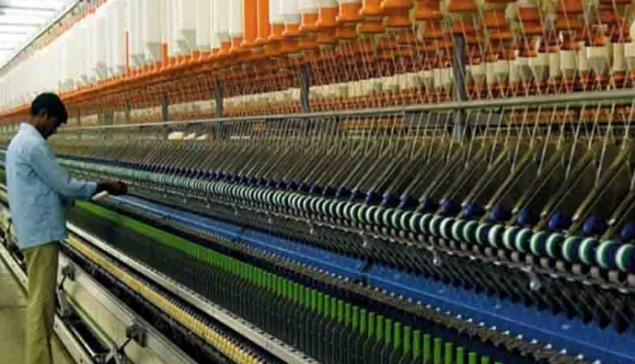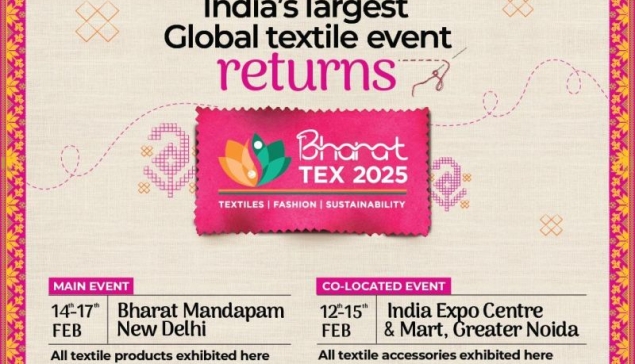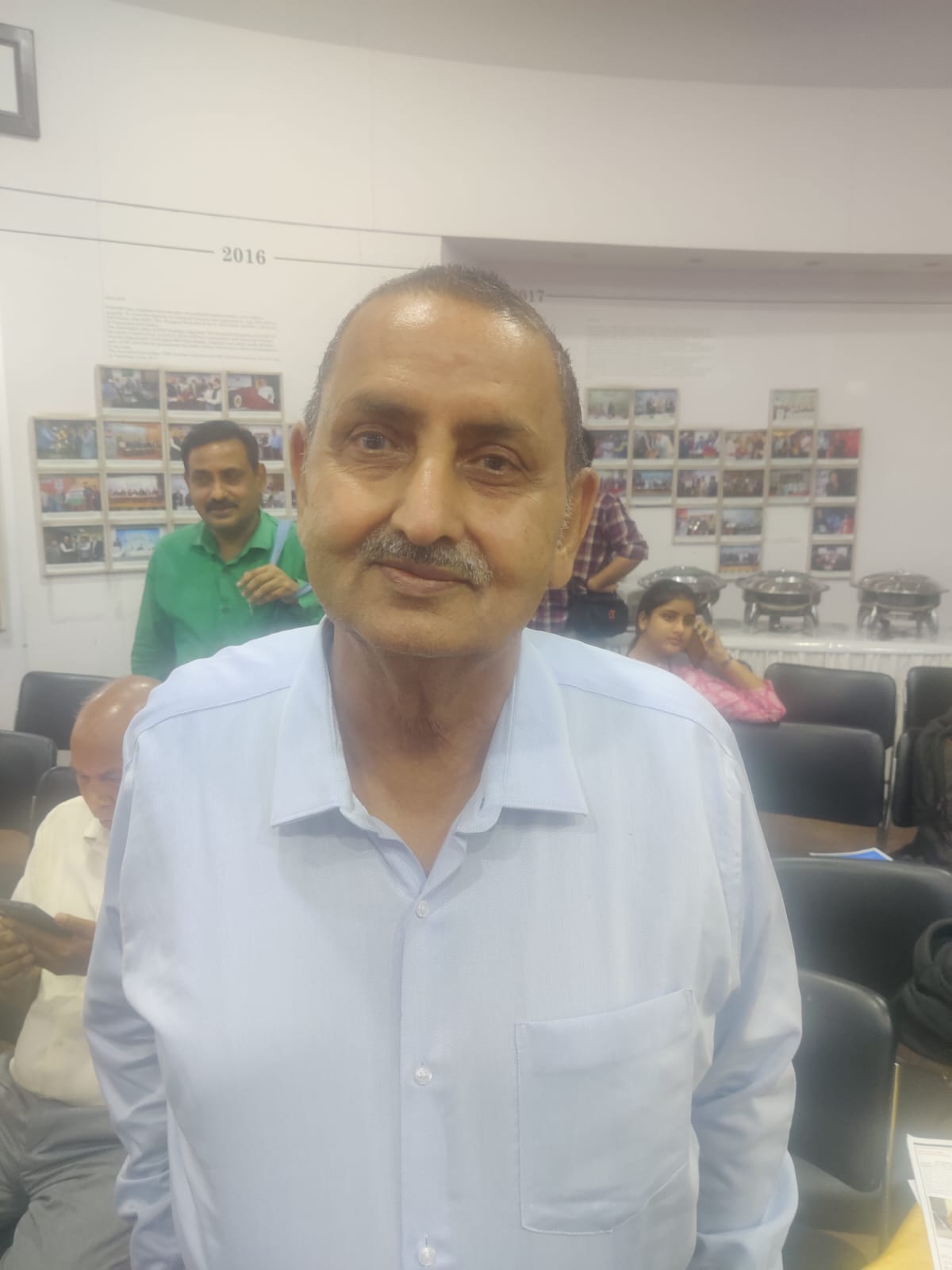Salil Chawla, Director at DFU Publications, speaks with Dr. V. K. Kothari - Emeritus Professor - IIT Delhi, on the sidelines of the PHDCCI-hosted Man-Made Fibres (MMF) Conference held in New Delhi on April 22, 2025.
This session was deeply insightful, particularly the focus on government schemes designed to support entrepreneurs in launching new ventures or pursuing innovation. These initiatives, especially in the realm of technical textiles, are promising and could significantly advance the industry.
Looking ahead, man-made fibres (MMF) hold substantial potential in technical textiles, and their role is set to expand meaningfully.
Join our group
Now, regarding India's ambitious goal of reaching $300 billion in textile exports by 2030—while it's a challenging target, especially with the current limitations in cotton and raw material availability—it’s certainly worth striving for. Even achieving half that goal would be a significant milestone.
High targets set the tone for ambition, and they should be embraced. The key is to push toward higher value creation and consistent progress.
If I were to identify one crucial action from both the government and industry to elevate MMF to the next level:
From the government’s side, the focus should be on enabling innovation—particularly in introducing new variants of man-made fibres. Commodity-grade fibres for apparel and home textiles may grow moderately, but innovation-driven applications can unlock entirely new demand segments.
From the industry’s side, the emphasis must be on exploring new uses for existing fibres and adding advanced functionalities. Developing fibres with enhanced properties can lead to significant market expansion and higher value capture.
As a veteran in the trade, my message to the industry is clear: we haven’t been proactive enough in embracing innovation. There’s a tendency to stick with conventional applications. This needs to change.
We must cultivate a mindset that actively seeks out novel uses and solutions, pushing the boundaries of what our fibres and fabrics can achieve.
And finally, in a turbulent global scenario—where unexpected events, like geopolitical disruptions, shake up the textile value chain—India must stay agile. We can’t predict the future, but we can prepare by maximizing our engagement, seizing opportunities, and adapting quickly.
Yes, these are challenging times. But challenges often carry the seeds of opportunity. The future belongs to those who are open, resilient, and ready to evolve.



